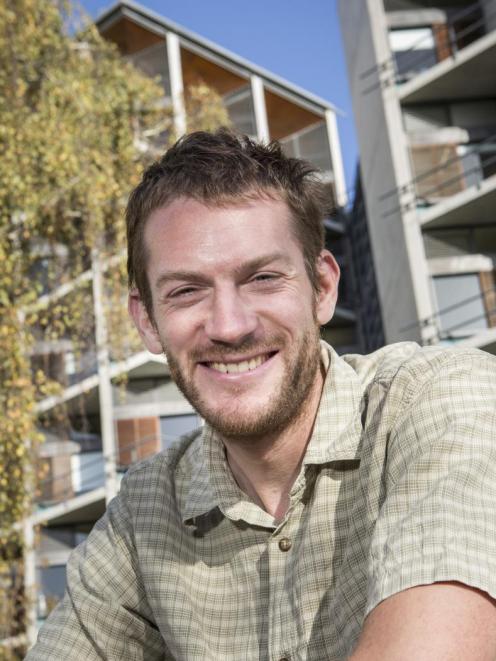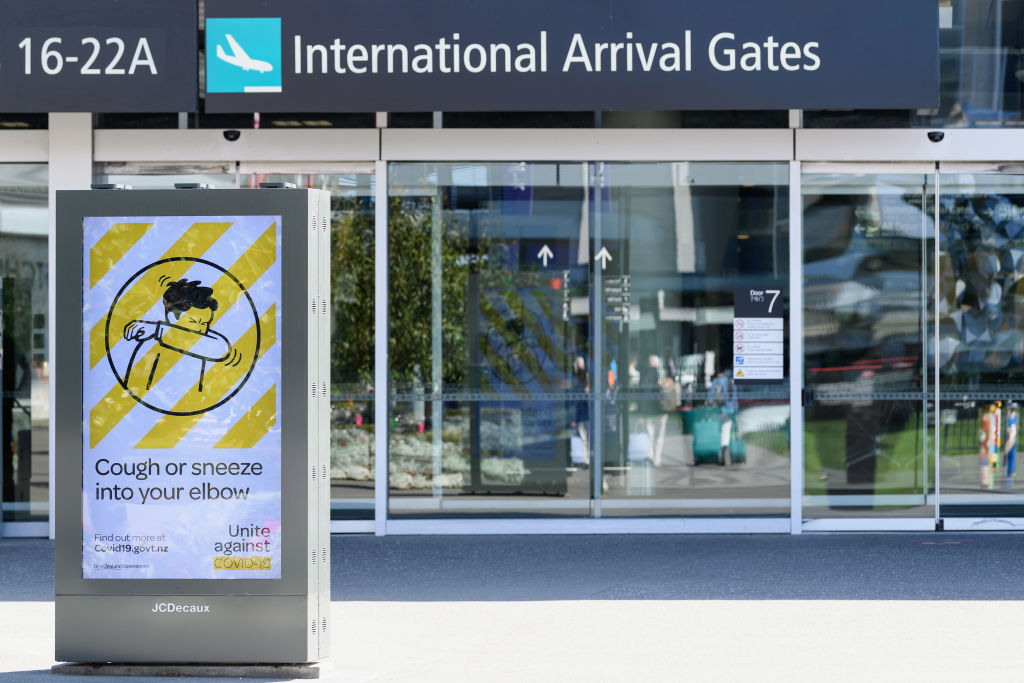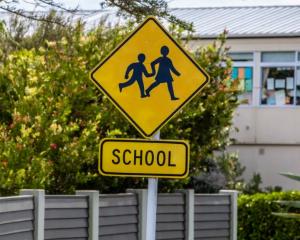
University of Canterbury Professor Michael Plank and many other New Zealand researchers, including some from University of Otago’s Health Science Department, have been working long hours helping model how Covid-19 might spread in New Zealand.
He answers some questions from Otago Daily Times online editor Vaughan Elder.
1. What is the modelling showing in terms of numbers of deaths in a worst-case scenario, versus a best-case scenario?
In the worst-case scenario, the models are starkly clear: up to 90% of the population could end up getting infected and up to 100,000 people in New Zealand could die. Our health system would not be able to cope with demand and lots of people would not get the treatment they needed. This is the scenario every country around the world is desperately trying to avoid right now.
On the other hand, the best-case scenario, which we still have a shot at, is to stamp the virus out before it really takes off and stop new cases from coming in from overseas. If we can do this we could get away with only a few hundred cases. This is going to be a long game though – realistically it’s likely to be 12-18 months before a vaccine or treatment is available.
2. Does the modelling show the importance of people following guidelines and what difference does this make in the number of cases/deaths?
Yes absolutely – we need people to follow the guidelines strictly so we have a chance to stamp this out. If we don’t do this now, experience overseas shows it’s really hard to get it back under control and we will be looking at millions of cases and tens of thousands of deaths. Walking around Christchurch today, I saw far too many people not taking this seriously enough - sitting in crowded bars, standing around in large groups. This needs to change quickly.
There’s a superb graphic everyone should see that shows the big difference just one person’s change in behaviour can make: https://bit.ly/33DTIwl
3. What are the key factors being modelled by researchers?
The key factor is what epidemiologists call the “basic reproduction number”. It’s the number of new infections each current case causes. For Covid-19 this number is about 3, which means each case infects 3 new people, who each infected 3 more people making 9, then 27, then 81, and so on. You don’t need to be a mathematician to see how this can lead to a really fast explosion of cases.

4. How is the modelling being used to inform the response from both the Ministry of Health and the Government?
The model results are used to help with questions like: how much hospital capacity will we need? How long do we need to close our borders? When should we do things like close schools or restrict domestic travel? How many contacts of infected people do we need to track down and isolate?
5. People are talking about a plan to have smaller managed peaks so as not to overwhelm the healthcare system. How is this model adapted to the New Zealand situation?
NZ still has a chance to stop Covid-19 in its tracks. We are in a good position to do this because we still have small numbers of cases, our border is relatively easy to control, and we’ve expanded our testing campaign. If we can get down to a handful of cases, and stop new cases coming in from overseas, we might be able to have periods when most aspects of day-to-day life - schools, businesses, etc. – can continue and we avoid the months of lockdown places like Italy are facing. That’s still a massive “if” though: it’s going to require a huge and rapid response over the coming weeks.
6. Obviously the situation is constantly changing globally. Does this make it hard to model and are you working with counterparts overseas?
It’s a rapidly developing situation, with new data coming in every day it can be hard to keep up. There are teams sharing data and expertise internationally, which is great, though I think modelling teams everywhere are getting stretched right now!
7. How will your work change if community spread is confirmed?
If we can’t get stamp Covid-19 out, we will move to trying to keep it under control as long as possible to prevent healthcare services from being overwhelmed. This is a lot harder though because it becomes impossible to do intensive contact tracing and testing for every case.
8. How much hard work is going into the modelling, and have people on the team, including yourself, been putting in long hours?
I’m not part of the main modelling team, I’m just trying to keep up with some of the important work that’s being done and help out when I can. There have been some long hours and sleepless nights over the last couple of weeks but I’m sure this is applies way more to others than to me!













